The first outings lay the foundation for loose-leash walking, calm behavior, and trust. With good prep, short walks, and lots of small wins, your puppy will feel confident outside—without stress.
Table of contents
- Preparation & gear
- When to start? Duration & time of day
- First steps on leash
- Environmental stimuli & socialization
- Safety & rules
- Potty, rewards & rituals
- Common mistakes to avoid
- Mini training plan: 7-day start
- FAQ: frequently asked questions
Preparation & gear
Good preparation makes that first walk smooth. Set everything out and choose a short, quiet route with little traffic.
- Harness instead of collar: a well-fitting Y-harness protects a puppy’s neck.
- Leash: 6–10 ft (2–3 m) standard leash (skip retractables at first—steadier contact, less pulling).
- Treats & poop bags: tiny treats for marking good moments; always carry bags.
- Marker word: a quick “Yes!” or a clicker to confirm the exact behavior you want.
- ID tag/microchip: essential safety just in case.
Tip: practice putting the harness on and off indoors in a positive way—treat in, calm praise, remove. Your pup will link the harness with something good.

When to start? Duration & time of day
Begin with very short outdoor exposures and increase gradually. Two to four mini walks a day beat one long trek. Choose the quietest times (early morning/evening).
- Duration: at first, a few minutes outside is enough. Quality over quantity.
- Rest rule: after every mini outing, rest indoors—sleep is learning time.
- Weather: avoid heat and slippery surfaces; shade in summer, light coat for sensitive pups in cold/wet weather.
Important: check your vaccination & vet plan and avoid busy dog parks in the early phase.

First steps on leash
The leash is a guide, not a tow rope. Practice first indoors or in the yard.
- Reward orientation: every glance up at you = marker word + tiny treat.
- Encourage following: take one step; if the leash stays loose, mark and reward immediately.
- Stop instead of pull: if the leash goes tight, stop. As soon as it loosens, move on.
More detail here: Loose-leash walking — the gentle build.
Environmental stimuli & socialization
First impressions matter. Show your puppy the world in micro-doses: short, positive, achievable.
- Dose the stimuli: one new place per walk is enough—quiet side street, quick look at the park, then a break.
- Change surfaces: grass, gravel, rubber, wood—the more variety, the more confidence.
- Practice sounds: trash bins, bike bell, bus—watch from a distance, reward, keep space.
- Dog contacts: quality over quantity. Calm, vaccinated, friendly dogs in short meetings.
Core resources: Puppy training: the first weeks and Puppies & children.
Safety & rules
- Off-leash with care: only when the recall is solid and the area is safe.
- No overwhelm: skip peak-hour dog parks—too many stimuli create insecurity.
- Manage ground finds: practice the “trade”—treat for the found item, stay calm.
- Near roads: short leash, teach “Sit” before curbs.
- Read rest signals: yawning, shaking off, crouching = time for a break.

Potty, rewards & rituals
Rituals create security. After sleep, play, and meals, go out briefly. Stay calm, wait, mark the potty moment with your word, reward quietly. No party—so your pup stays focused.
- Pick a spot: at first, using the same quiet area helps your puppy settle faster.
- Let them sniff: sniffing lowers stress and is real mental work.
- Calm return: after success, head home and rest.
Common mistakes to avoid
- Walks that are too long: overtired pups tug and turn the leash into a tug toy.
- Retractable leash too soon: encourages pulling and hurts timing.
- Stimulus overload: too many new places/meetings at once.
- Inconsistent rules: pulling allowed today, banned tomorrow—confusing.
- Late rewards: timing is everything; say the marker word at the exact right moment.
Mini training plan: 7-day start
| Day | Goal | Tip |
| 1 | Harness on/off, 3–5 min at the doorway | Marker word, quiet setting |
| 2 | Calm 5–7 min walk | Every eye contact = reward |
| 3 | Two short mini outings | Introduce one new surface |
| 4 | “Stop & Go” to prevent pulling | Reward a loose leash instantly |
| 5 | Brief dog sighting at distance | Keep enough space to stay calm |
| 6 | Watch doorbell/bus from afar | Mark, keep your distance |
| 7 | New route (very short) | Finish at the favorite sniff spot |
FAQ: frequently asked questions
My puppy sits down outside and won’t move—what should I do?
Wait briefly, use a calm invite cue, take a small step back, then reward the moment your pup follows. Don’t drag.
How much exercise is sensible at first?
Several very short, low-stimulus outings daily. Sleep and breaks matter as much as movement.
When to meet other dogs?
Early—but controlled: calm, friendly dogs, short meetings, plenty of space. Avoid peak times in dog parks.


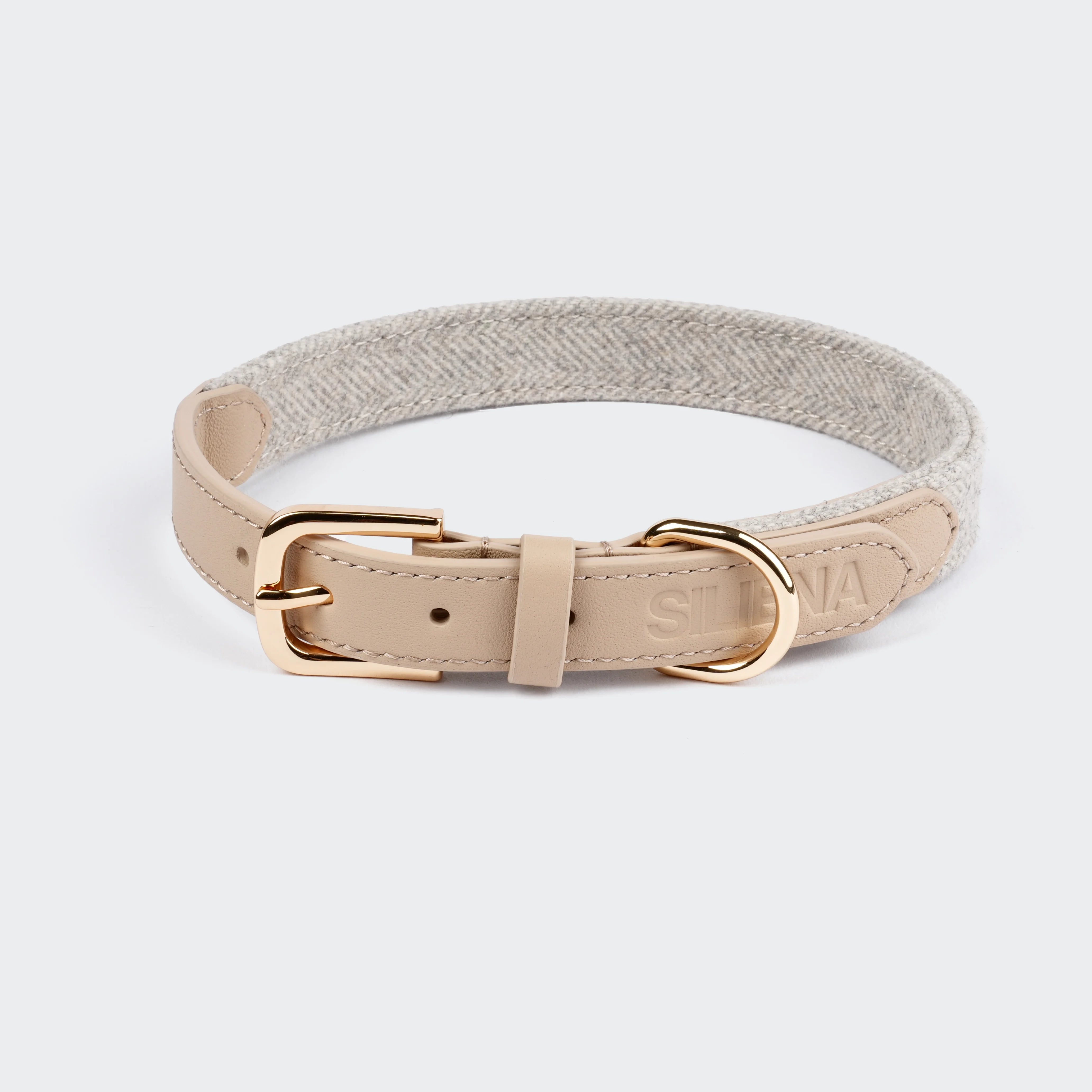
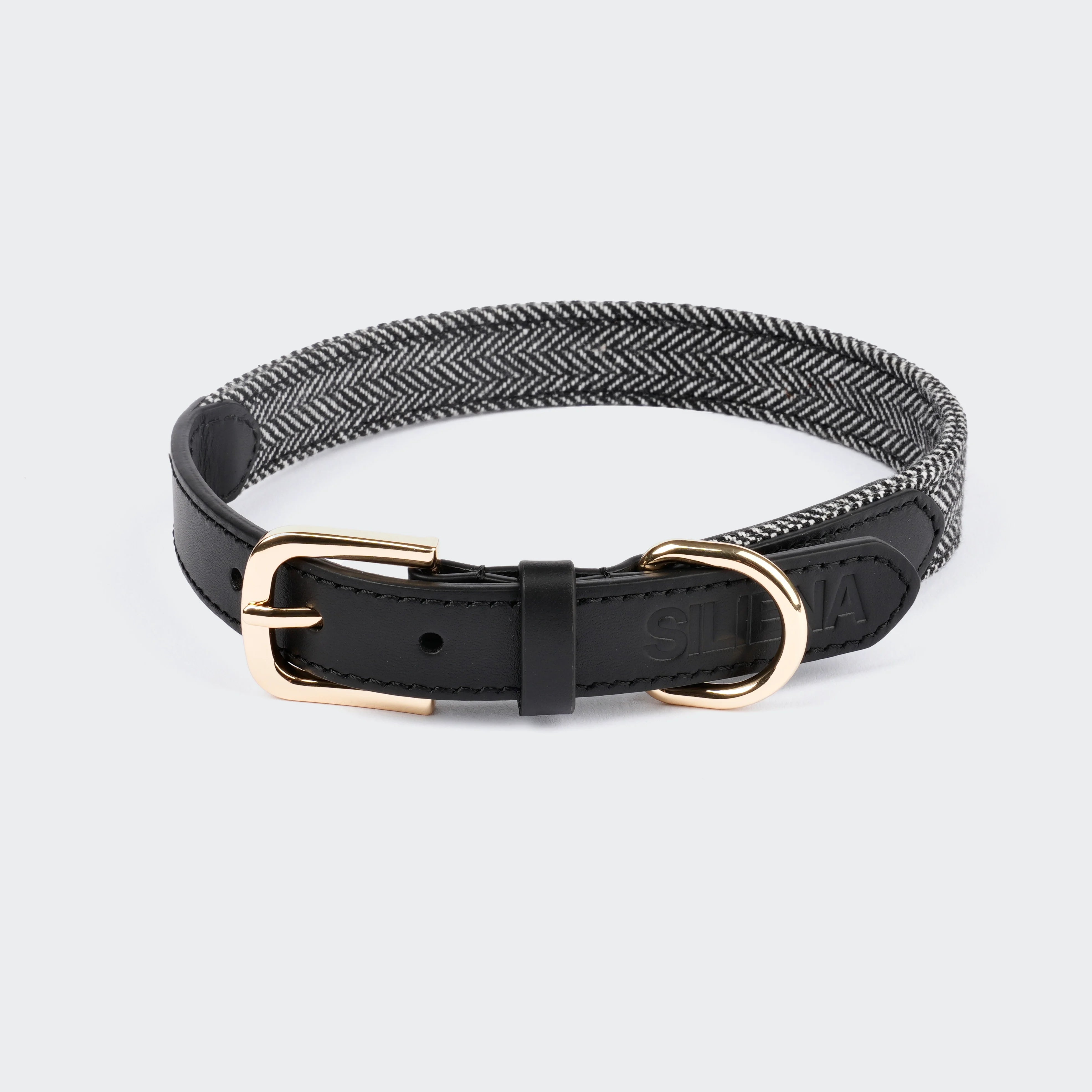
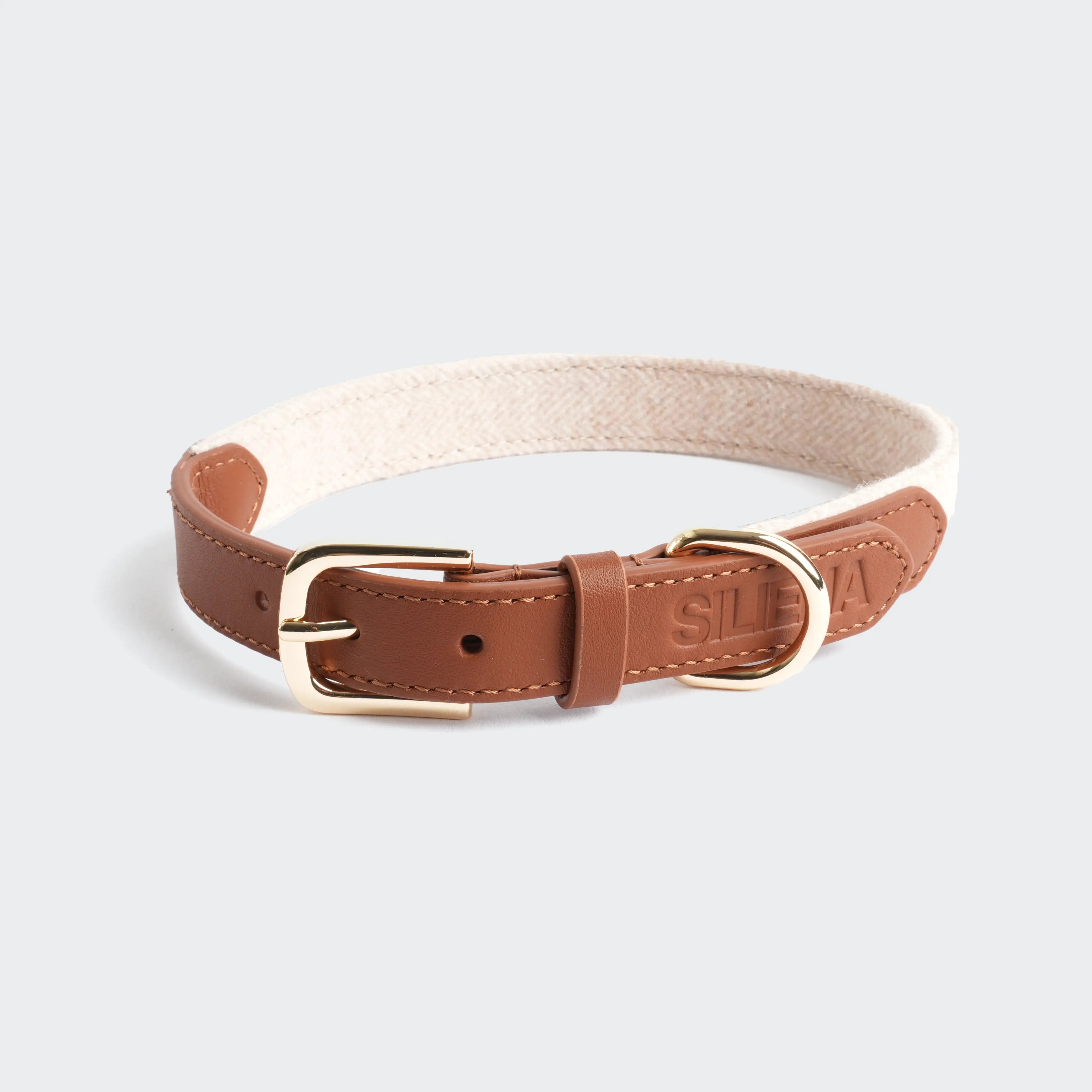
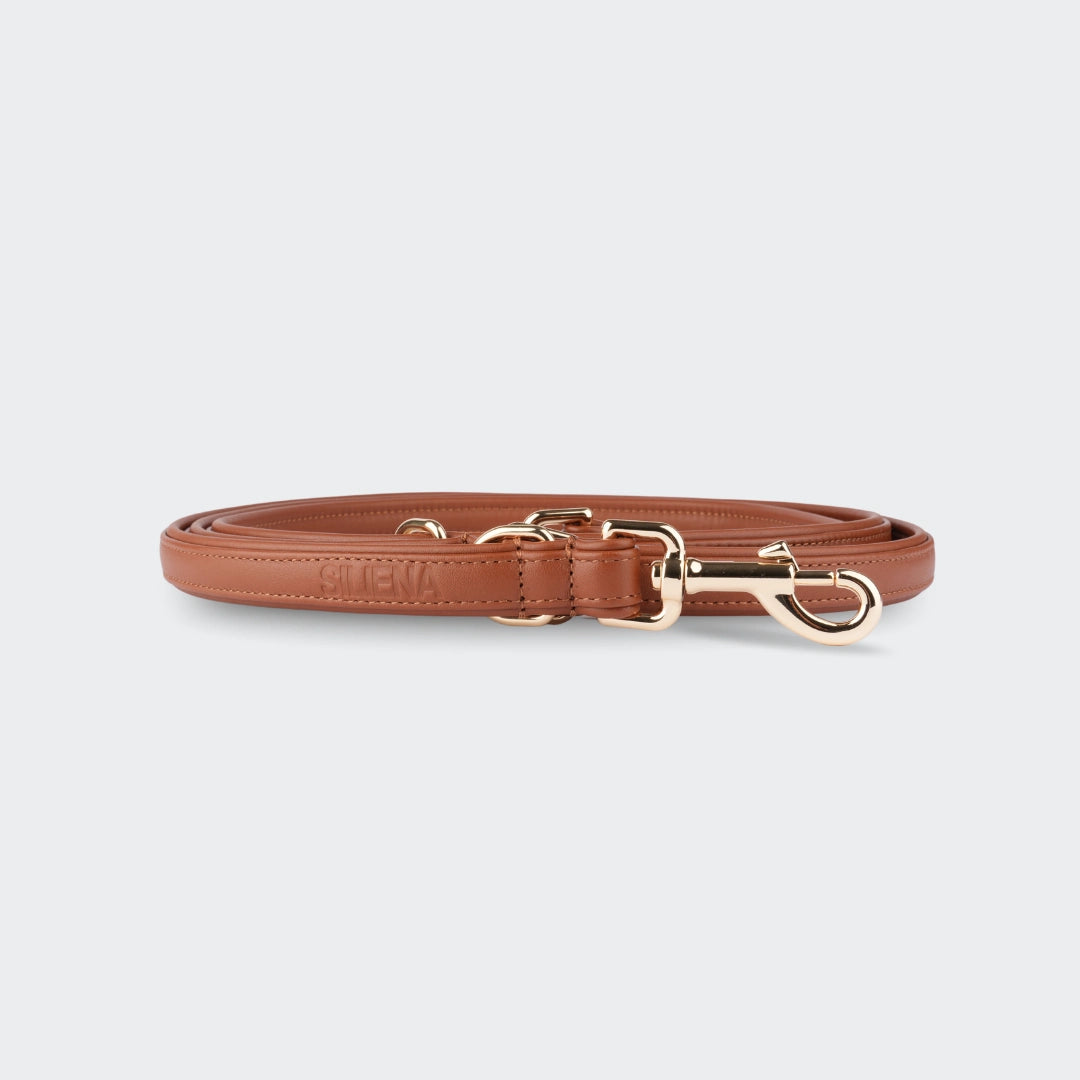
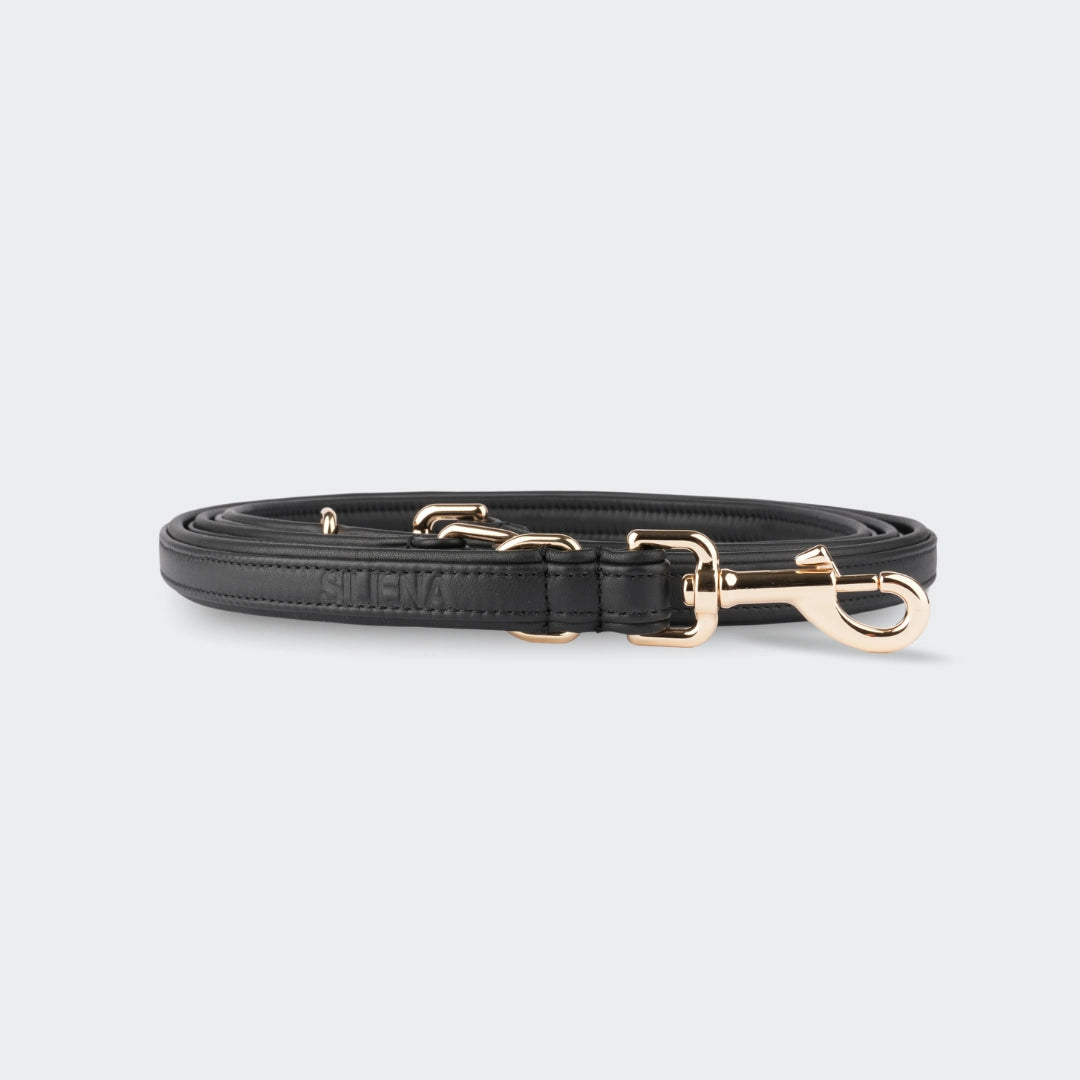
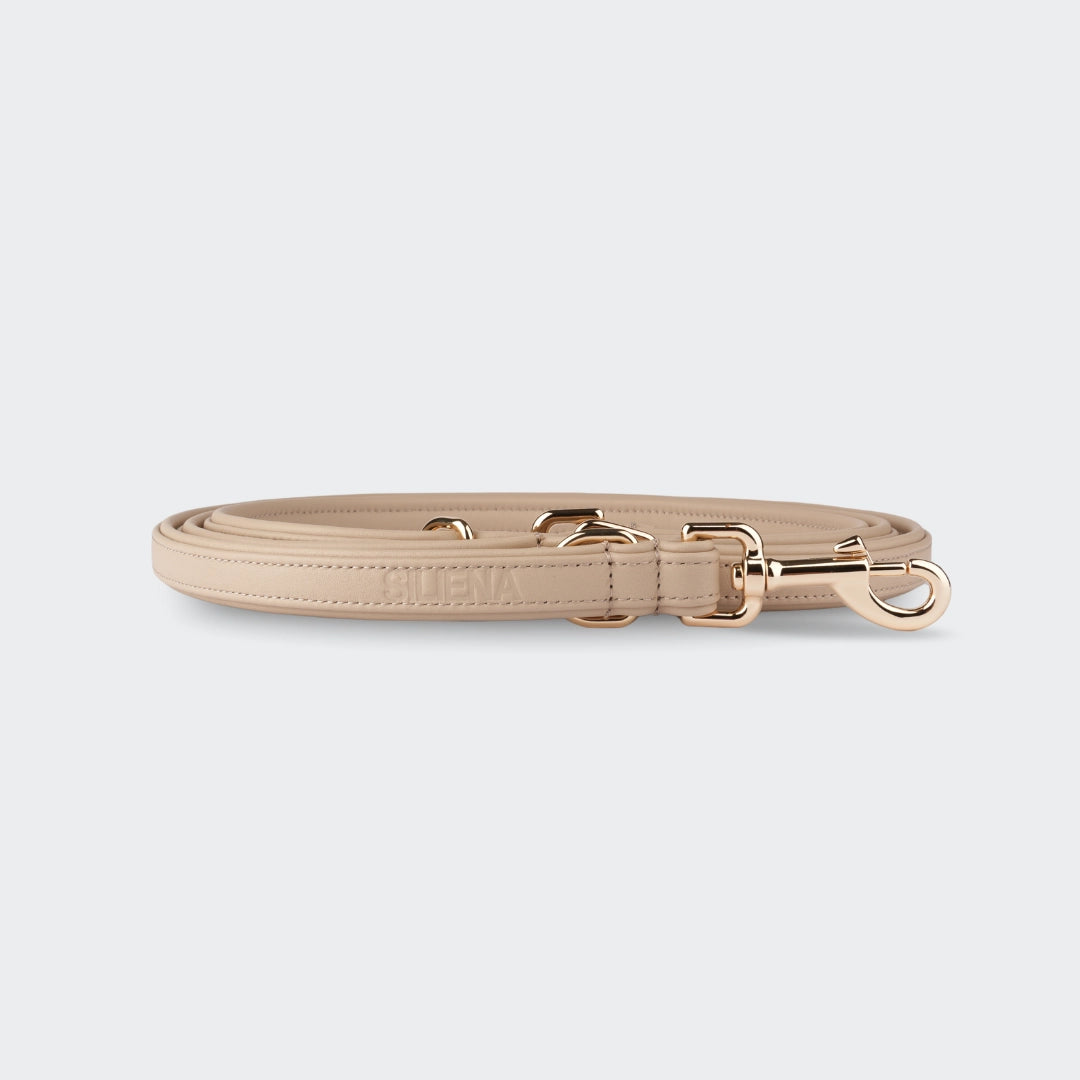
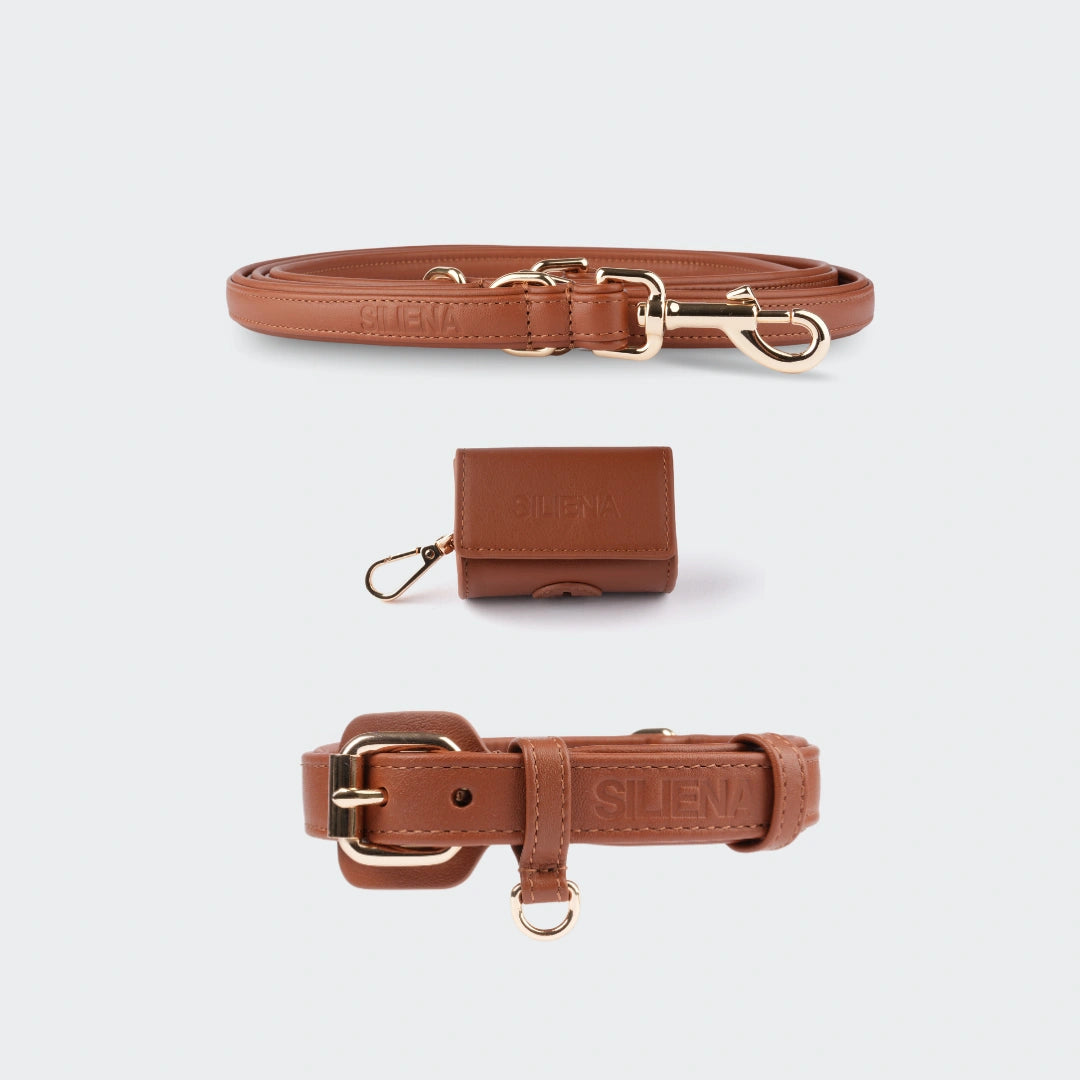
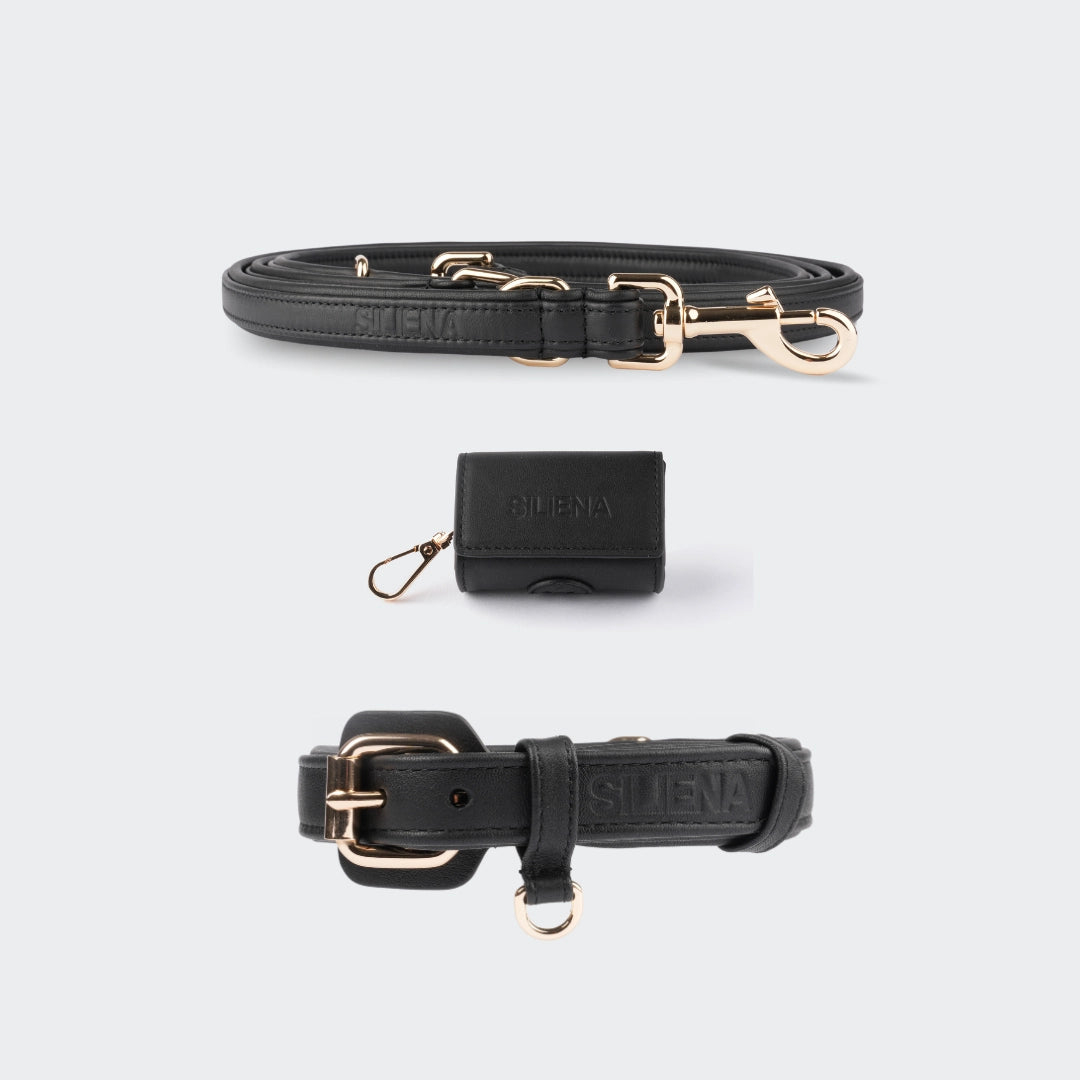
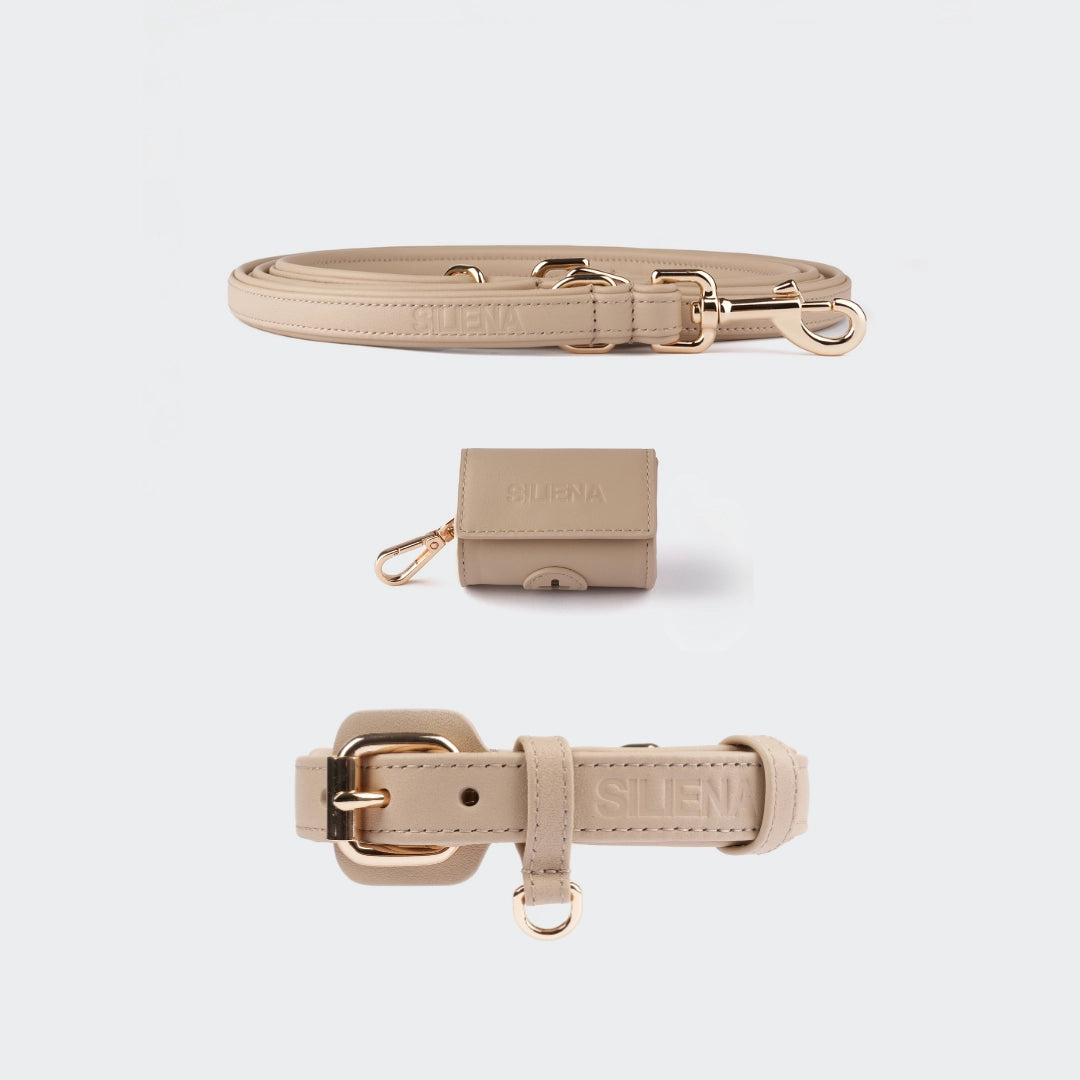
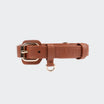
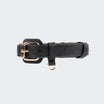

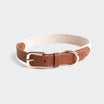
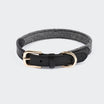
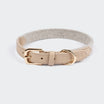

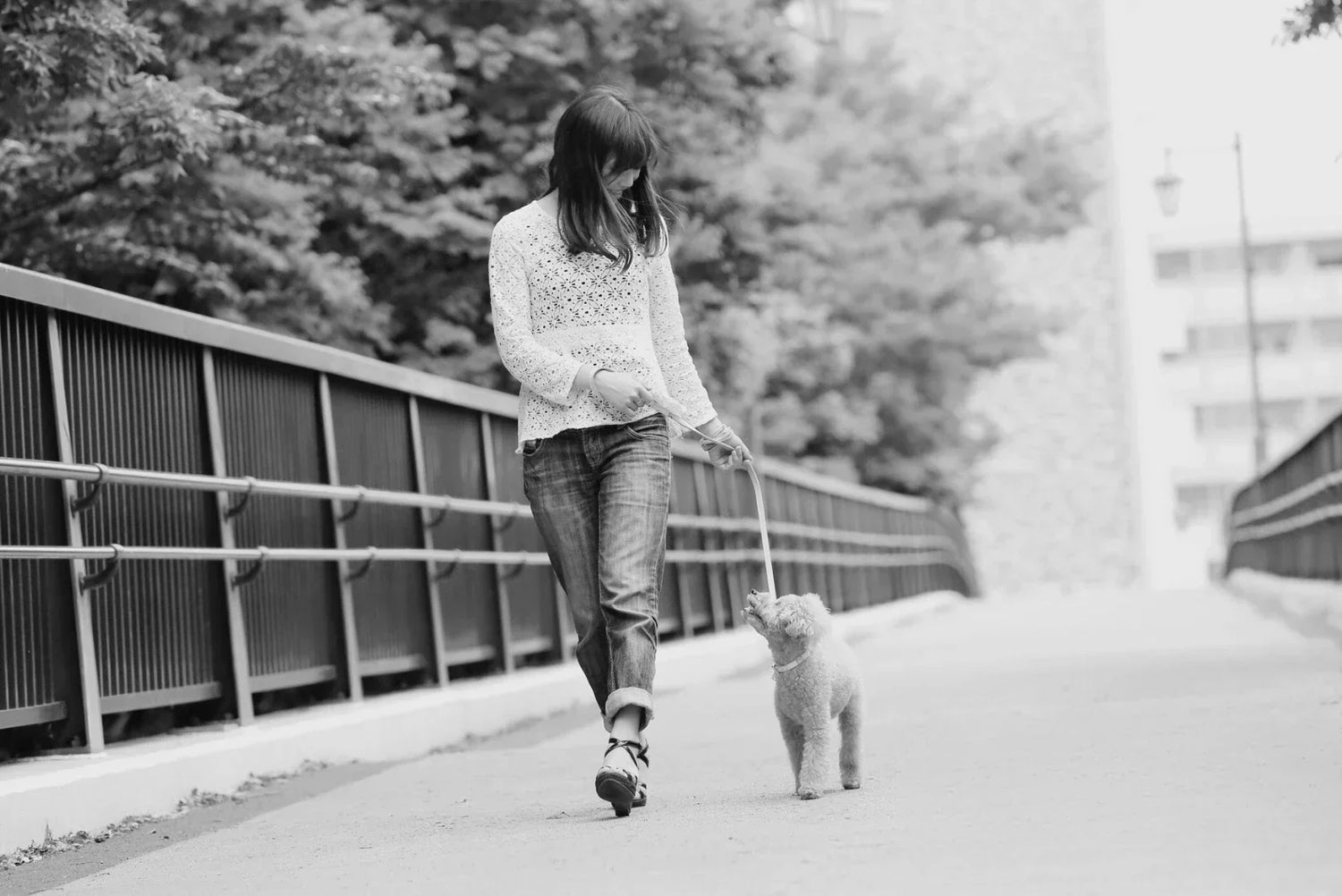
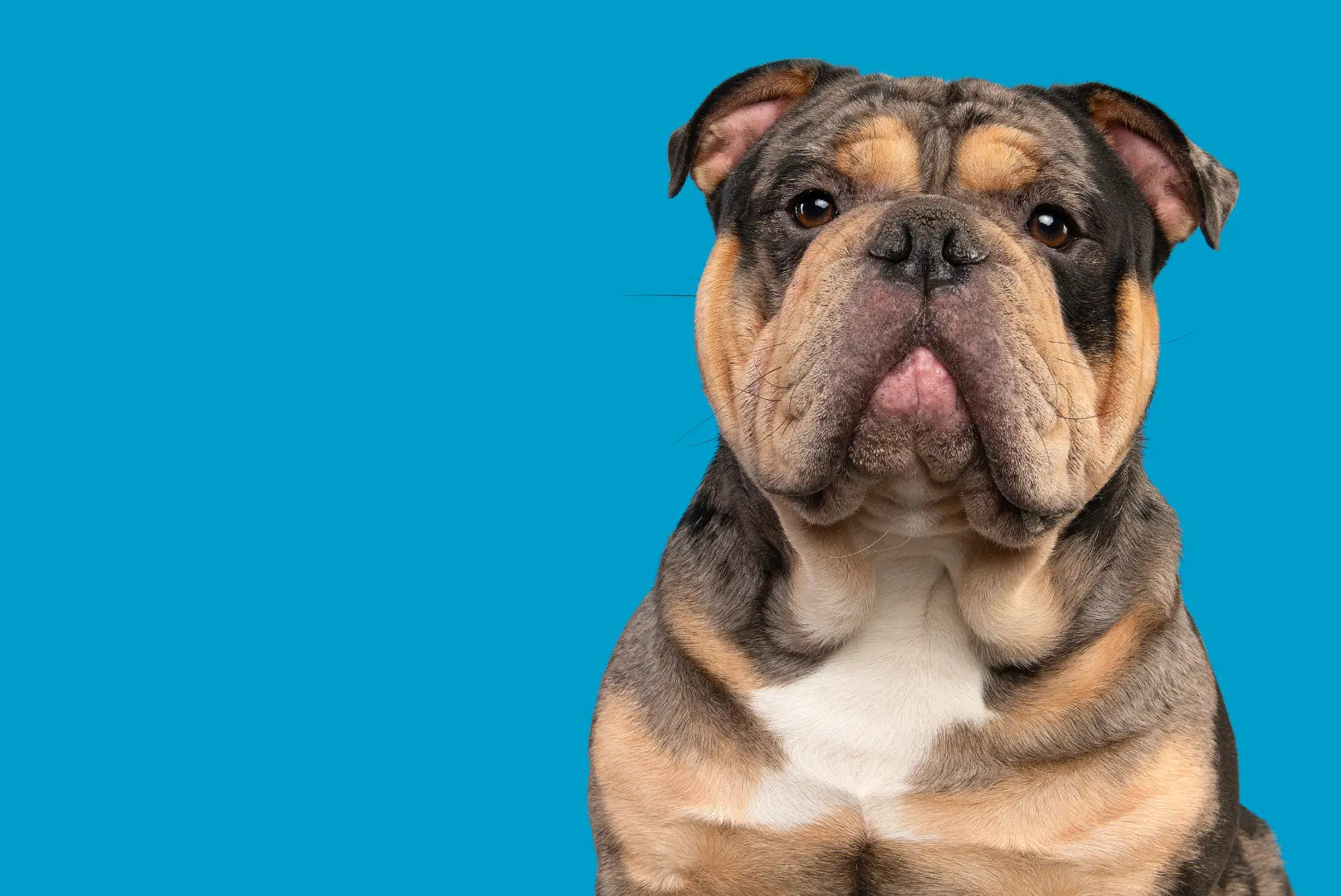
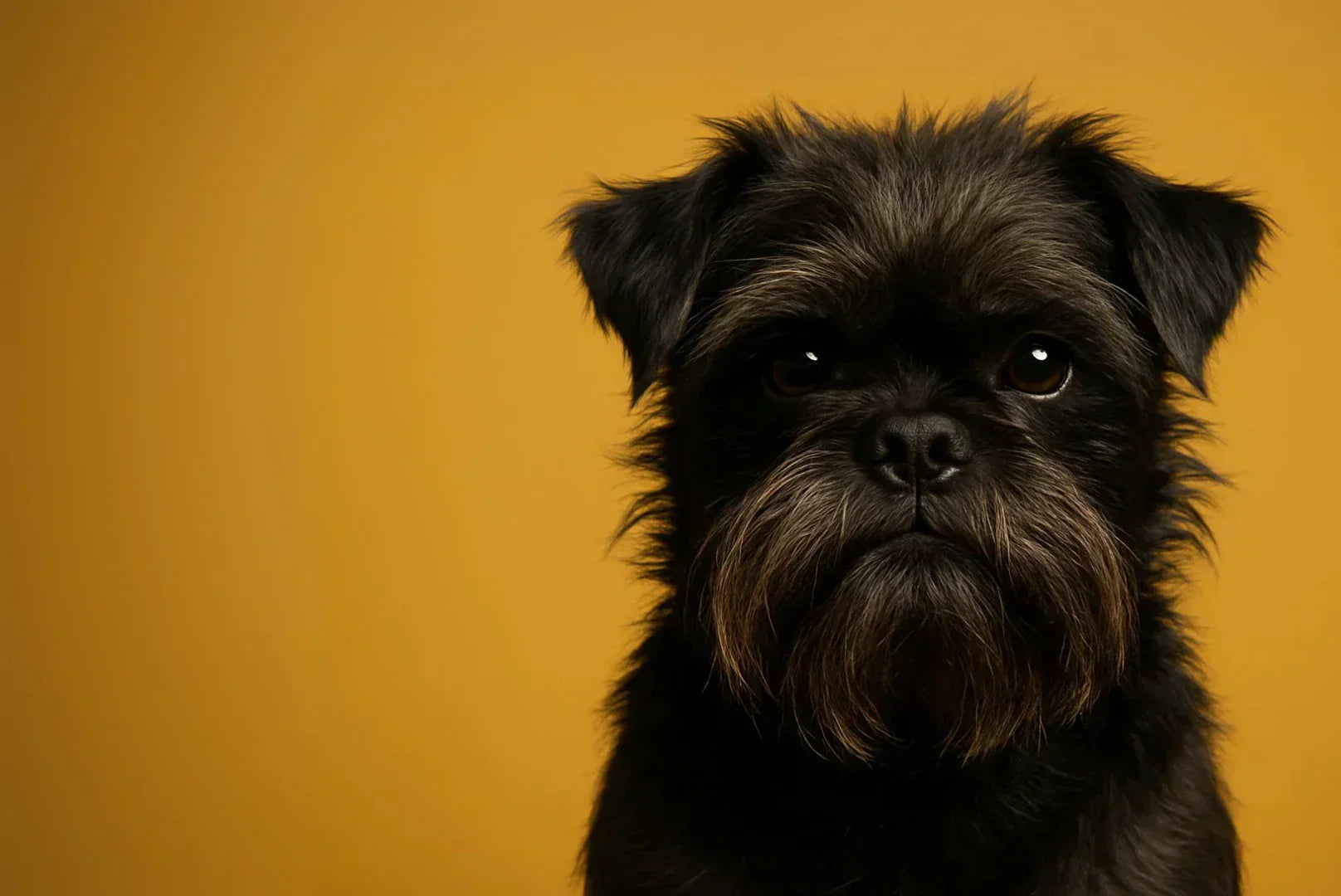


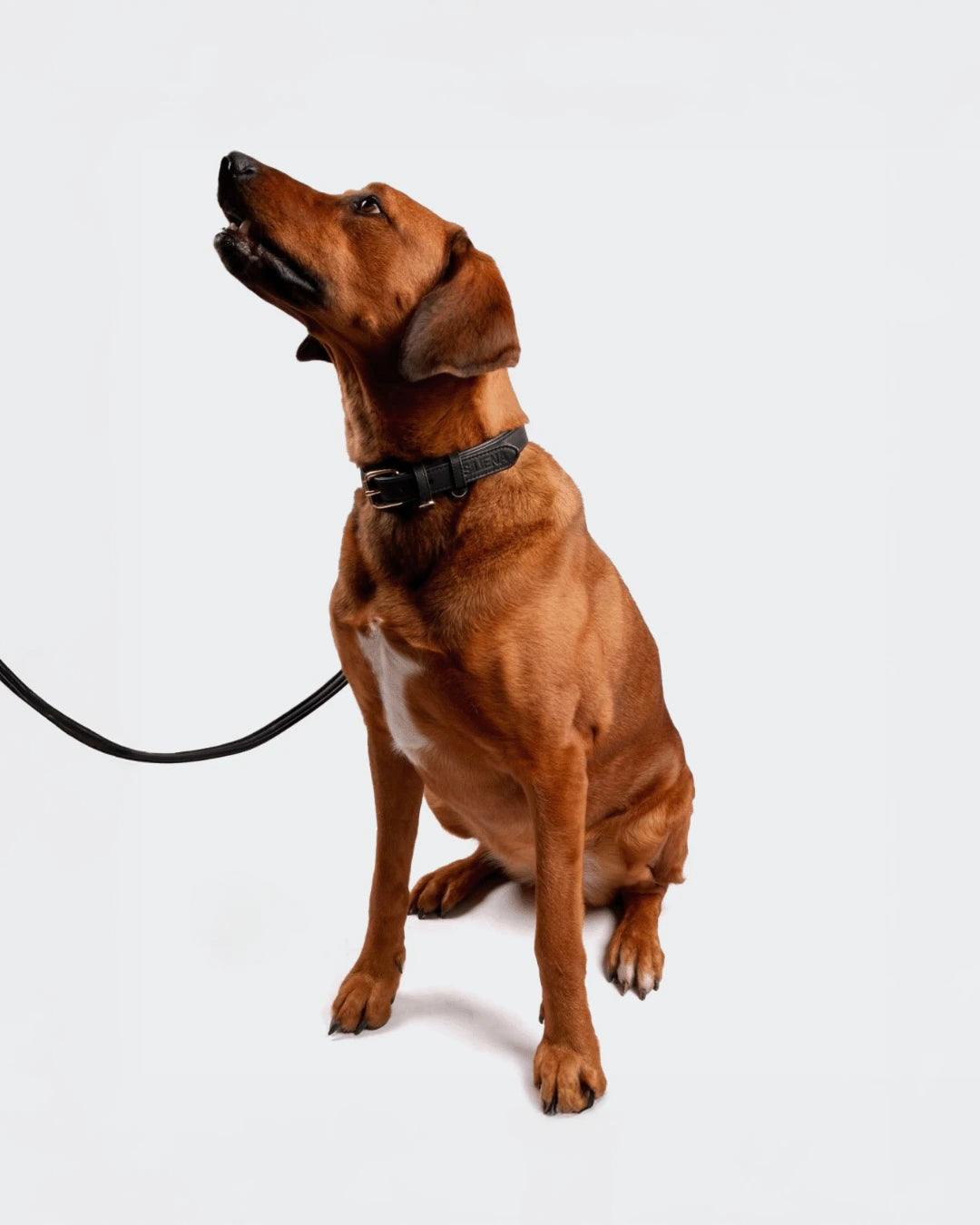
Leave a comment
This site is protected by hCaptcha and the hCaptcha Privacy Policy and Terms of Service apply.